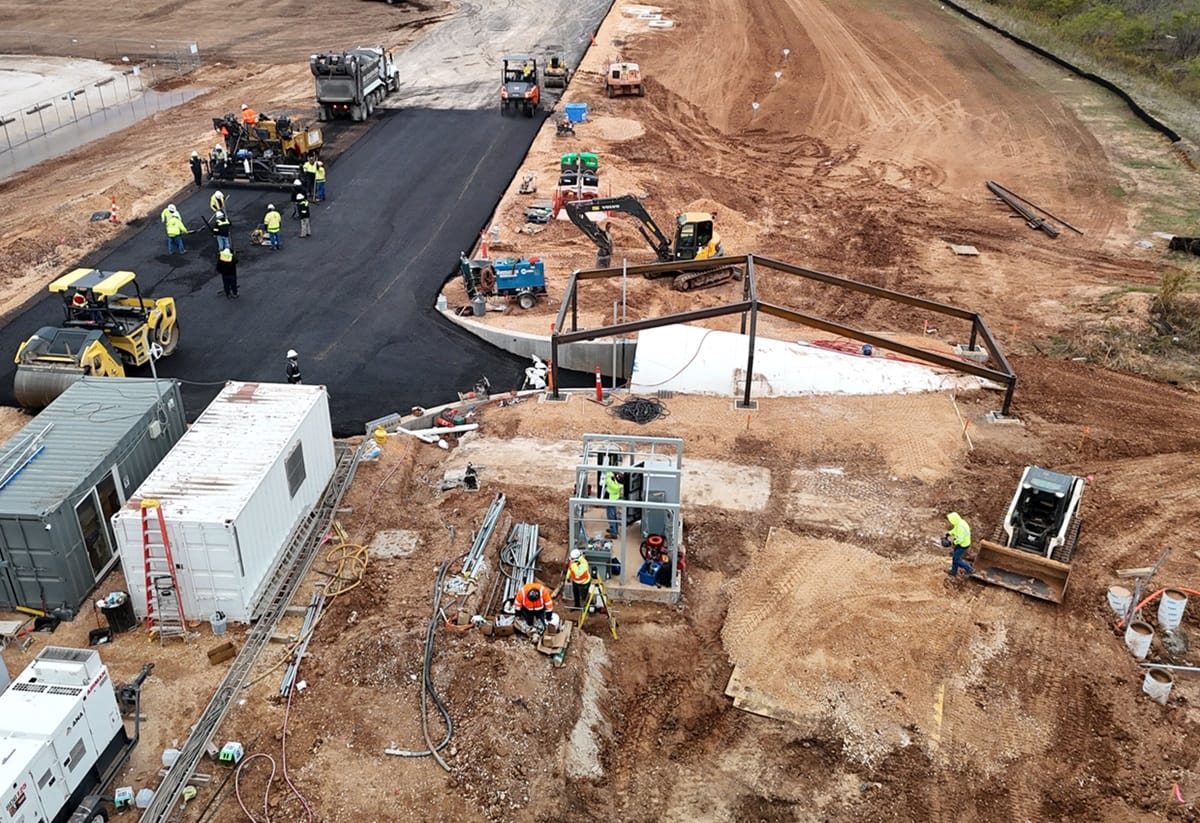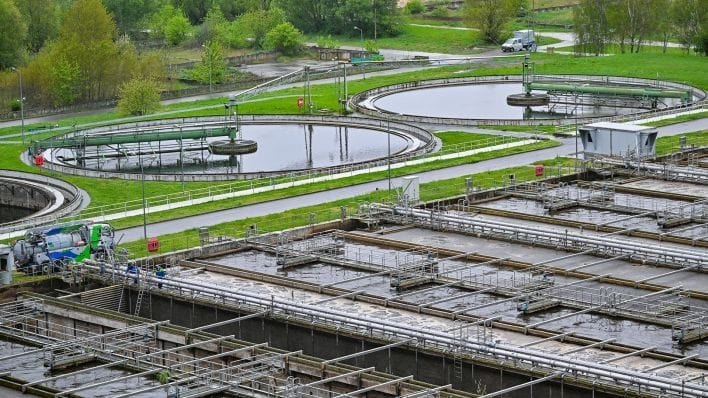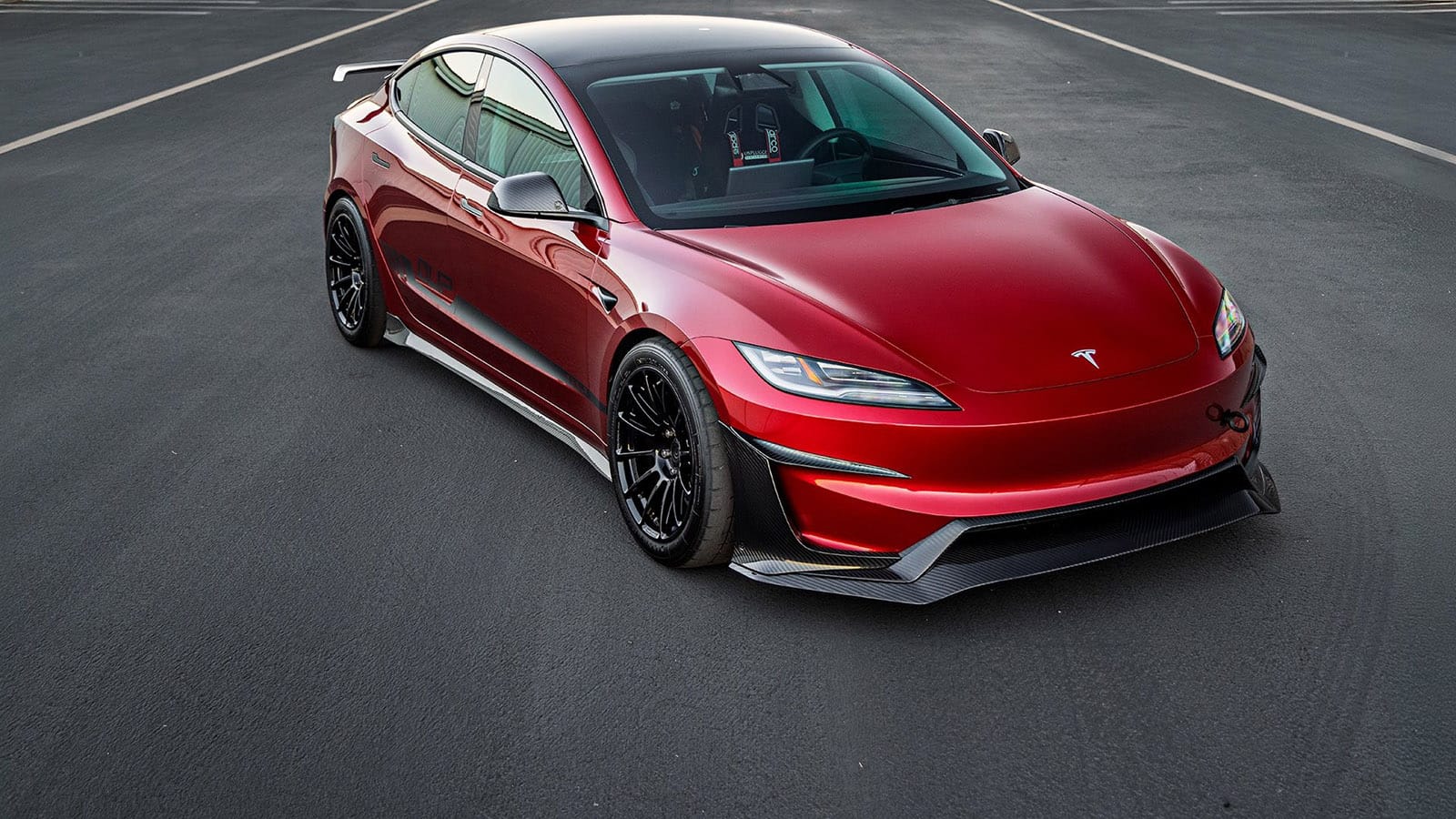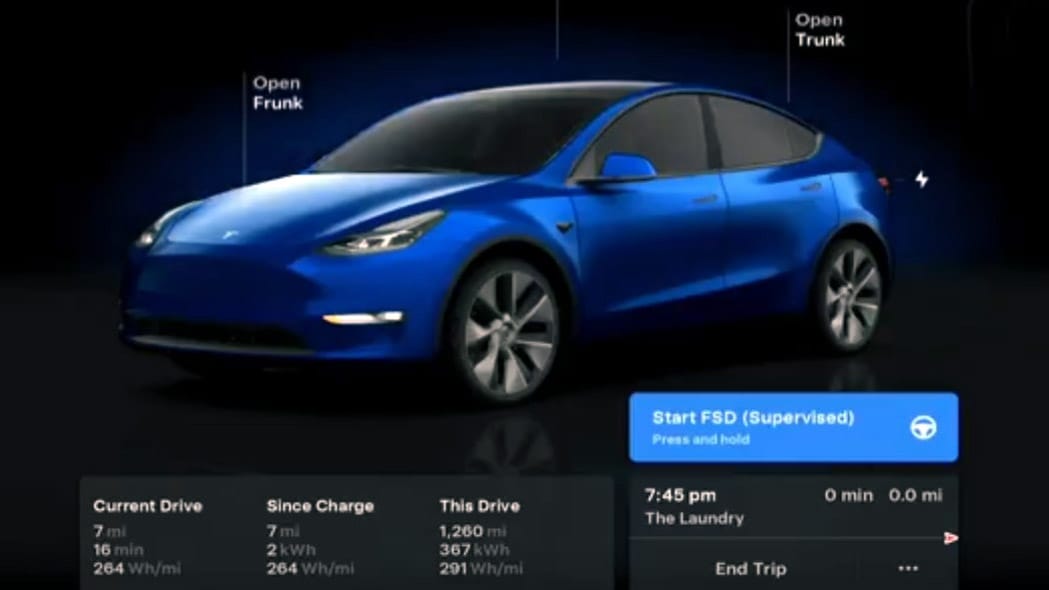Tesla has been a leader in the electric vehicle (EV) industry for a long time, offering high-end models like the Model S and Model X, along with more affordable choices such as the Model 3 and Model Y. Nonetheless, the issue of cost still poses a significant barrier to the wider acceptance of EVs, especially in competitive markets like the United States and China. To tackle this challenge, Tesla is gearing up to launch its most economical model to date—the Tesla Model Q. This vehicle was first mentioned in news reports at the start of 2024, where it was suggested that it would come equipped with a HW5 FSD self-driving computer featuring a cutting-edge 3nm processor.
Launch Plans and Pricing
Expected to be unveiled in the first half of 2025, the Tesla Model Q is predicted to be priced below $30,000 (around 218,000 CNY), with some reports hinting at a possible low of $25,000. This would mark Tesla’s initial major move into the budget-friendly EV market. The information was revealed during a meeting with investors at Deutsche Bank.
Design and Features
Internally referred to as “Redwood,” the Model Q will be 15% smaller and 30% lighter than the Model 3, boasting a compact length of 3,988 mm. By minimizing both size and weight, Tesla is likely to reduce production expenses. This strategy will enable Tesla to more effectively rival less expensive competitors in an increasingly crowded marketplace.
Battery and Variants
The Model Q will be available with lithium iron phosphate (LFP) battery options, presenting configurations of 53 kWh and 75 kWh, allowing for a remarkable range of up to 500 km (310 miles). Customers will also be able to choose between rear-wheel drive (RWD) and all-wheel drive (AWD) versions.
Tesla’s approach with the Model Q appears to focus not just on affordability. In China, where the EV competition is fierce, thanks to companies like BYD, the Model Q is anticipated to begin at 140,000 CNY (~$19,281). Nevertheless, Tesla’s strong brand presence and technological advantages may offer it a significant edge in this market.
Growth Projections
Market experts predict that the Model Q could propel Tesla‘s global expansion, forecasting a 20-30% increase in sales year-on-year for 2025. Production is set to kick off at Tesla’s Gigafactory in Texas, with plans for possible growth to other facilities, including the Shanghai Gigafactory. If it performs well, the Model Q could serve as a substantial competitor in the affordable EV market and further solidify Tesla’s dominance in the global electric vehicle arena.





















